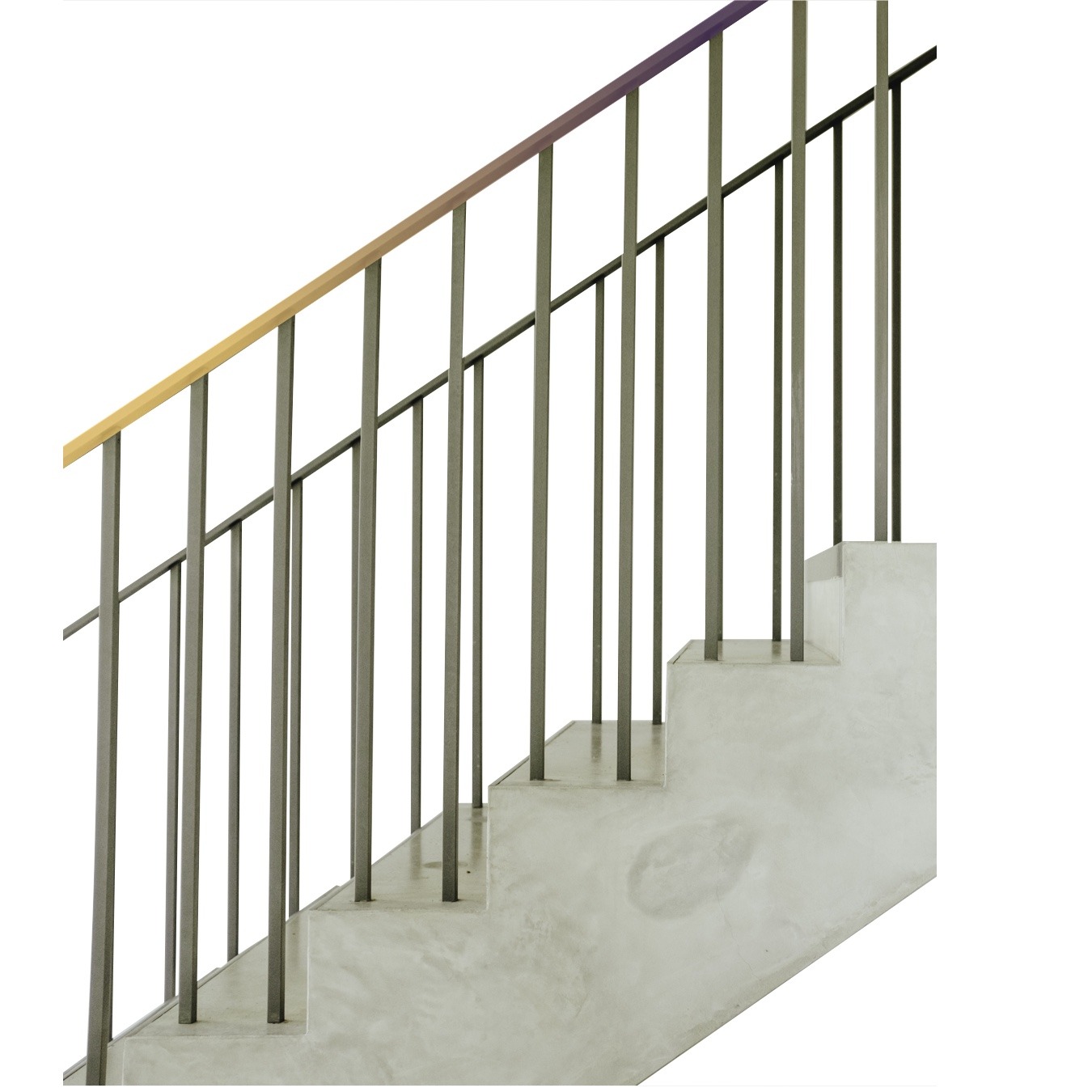Task
Create an ambient intelligent system with a group of 5 fellow students.
Study project, 6th Semester
Loneliness and social isolation can be symptoms of any phase of life. In particular, the loss of friends, family, mobility and health can be causes and promote the development of feelings of loneliness. Especially in old age, loneliness develops above all when the accustomed living environment changes. Illnesses, death or separation can be the trigger for such changes.
But physical limitations also prevent senior citizens from participating in social life. It is therefore important to consciously counteract the feeling of loneliness and do something about it. Because every person should be able to grow old with dignity.
With MOOD, social interactions can be brought back to the forefront, so that social participation can develop. This is achieved through an ambient intelligent system in a multi-generational house, which allows for active cooperation. This multigenerational house accommodates residential communities consisting of older and younger generations.
MOOD wants to enable an active approach to each other and sensitize the residents to each other. In this way, the moods of the individual residents can be perceived and followed as desired. The hurdle of establishing new contacts could thus also be overcome.
Insights
The concept
The ambience intelligent system includes the interior of the multi-generational house, the staircase serves as an interaction environment. The system analyses the moods of the individual parties. This is done via a SmartWatch, which the resident wears on his or her wrist. This SmartWatch is able to read the moods of the residents by analyzing the heart rate, counting steps and interpreting facial expressions. The collected information is then displayed in the form of a visually represented mood (flower) in the stairwell. These flower projections are to appear both in the public space of the building, in the door frame and inside the apartment.
In this way, every resident can perceive the mood in the house at any time and get an overview of the atmosphere. The flowers, which symbolise either happiness or sadness, are intended to encourage every resident of the multi-generational house to become aware of their neighbours. Often one walks past a neighbour’s door without thinking about the person living there and their feelings. This usually happens unconsciously and without malicious intent. This is where MOOD wants to start and create attention.
Entrance area
When entering the house, the user gets a complete overview of all the moods of the residents and who might need a contact person. This overall mood is visually displayed on the corridor wall in the form of flowers. The different colours, shapes and active movements visualise the moods. The moods react actively to the user and imitate his movements, prompting the user to interact with the moods. As soon as the user has decided on a flower and selected it, the flower detaches itself from its base and disintegrates into its individual parts. The individual parts move towards the staircase.

The Staircase
In the staircase, the user is guided along the banister with the help of light particles. These guide him to the apartment door of the previously selected flower. The animation prompts the user to follow it. As soon as the user reaches the apartment door, the light particles converge again to form a flower. The doorbell is specially illuminated to motivate the user to ring at the apartment door.

The invisibility mode
Another function of the system is the invisibility mode. This is activated by the spy on the inside of the front door. In this way the mood of the person is hidden. This mode gives the inhabitants of the house the possibility to keep private moments. As soon as the invisibility mode is activated, the resident has no possibility to see the moods of the other residents of the house, as he consciously withdraws from the community. If the mode is deactivated again, the resident will also have the option to see the overall mood of the house again.

The system recognizes by the assigned ID’s how the resident use the system. The ID of the key is connected to a database, which stores how a person handles the interaction. In addition, you learn how long, how and how often you interact.
At the beginning of use, the interaction suggestions described later is displayed. The system learns from the Speed of interaction like a user at the first for the use of the building.
Since users can have very different levels of prior knowledge, it is probably unusual for one or the other to be confronted with wall to interact with. For example, a resident who has a has a walking impediment, rather problems quickly with the system to interact as a fit resident. This difference should be Learn the system.
For MOOD it is important that every user has a positive experience with of the interaction.
Still curious?
And you want to know more insights and background informations?
Just write me an email and I can show you our whole documentation.

